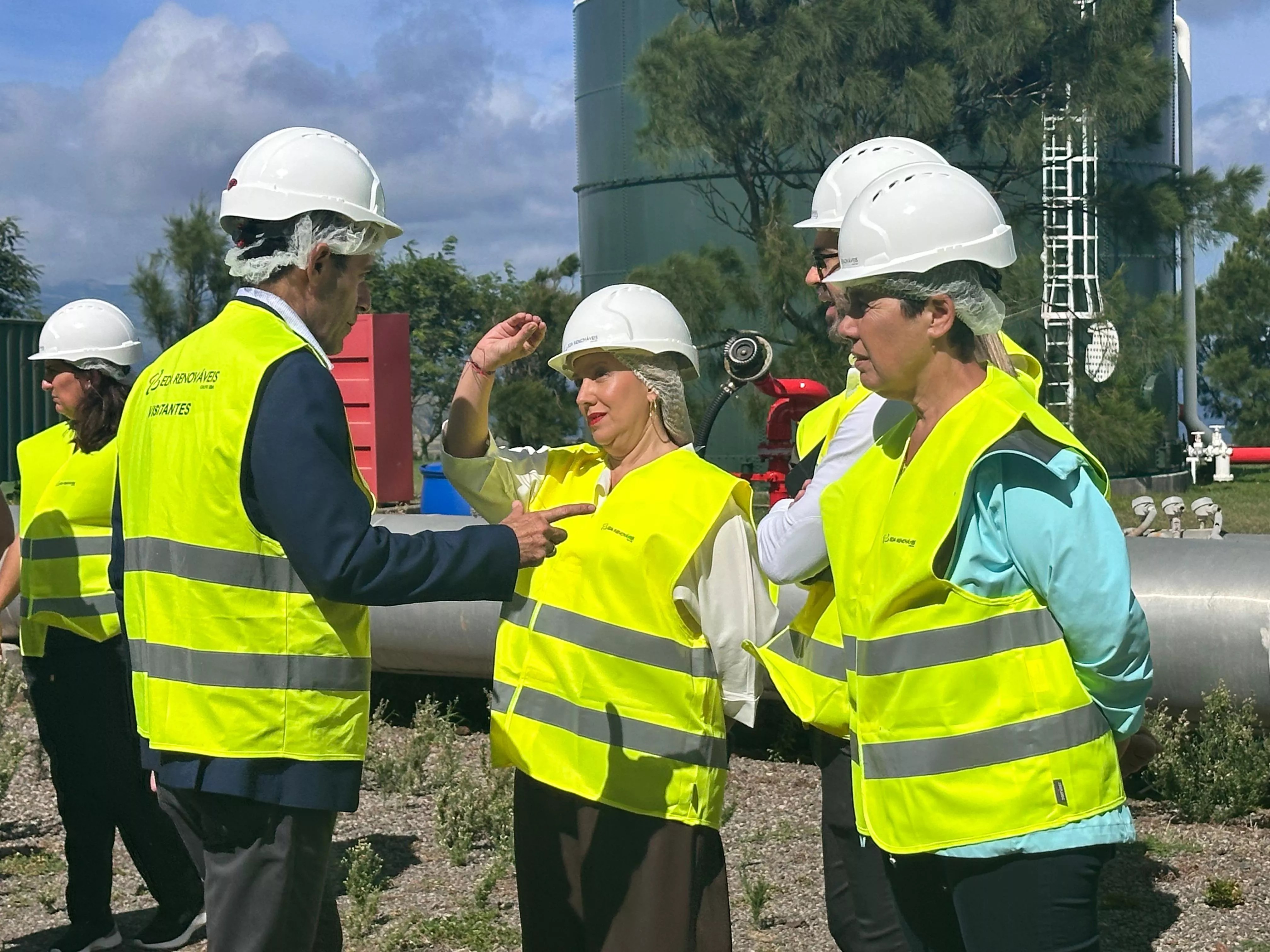SANTA CRUZ DE TENERIFE, July 20. (EUROPA PRESS) –
The Ministry of Health of the Government of the Canary Islands, through the General Directorate of Public Health and due to the forecast of high temperatures, has updated and extended the health risk warnings in different municipalities of Gran Canaria, Tenerife and Fuerteventura, which are They add to the notices already in force and communicated earlier this week.
In this way, the Gran Canaria municipalities of Agüimes, La Aldea de San Nicolás, Artenara, Ingenio, Mogán, San Bartolomé de Tirajana, Santa Lucía de Tirajana, Santa Brígida, Tejeda, Valsequillo and Vega de are on red notice until September 26. San Mateo and Granadilla de Abona, Arona and San Miguel de Abona in Tenerife.
Telde (Gran Canaria), from July 23 to 25, and Candelaria from July 24 to 26, are on orange notice (medium risk), while Adeje and La Orotava (Tenerife) are on yellow notice (low risk). on July 23 and 24 and Arafo, Fasnia and Güímar, also in Tenerife, on July 24 and 25.
On these dates there is also a forecast of simultaneous overcoming of the threshold temperatures, with a maximum of 32 degrees and a minimum of 24, established in the Preventive Action Plan for the Effects of Excessive Temperatures on Health.
In this sense, from the General Directorate of Public Health, emphasis is placed on preventing the effects of these high temperatures, especially in those municipalities of Tenerife and Gran Canaria in which a red notice has been decreed, as it poses a high risk to health, so it is important to pay special attention to those people most vulnerable to the negative effects of heat on health, details the Ministry of Health in a note.
Along these lines, he recommends drinking plenty of water or liquids without waiting until you are thirsty; avoid exposing yourself to the sun during the hours of greatest heat intensity –between 11:00 and 16:00–; avoid sports activities, excursions or visits abroad in the hottest hours; eat light meals that help replace the salts lost through sweat (salads, fruits, vegetables, gazpachos or juices); be in the shade if you go outside and maintain the cold chain of food.
In the case of presenting any symptoms associated with heat such as headaches, dizziness, cramps, general discomfort, a feeling of suffocation due to heat, fatigue or exhaustion, you must contact 1-1-2, insist from the Ministry.
These actions are intended to increase risk prevention capacity by applying measures that are easy and accessible.
The plan is aimed at the entire population, and especially designed for the population groups most vulnerable to intense heat, such as the elderly, children and people with chronic pathologies.
TIPS TO PREVENT DROWNING
Given the increase in temperatures, the platform ‘Canarias, 1500 Km de Costa’ insists on extreme caution, especially among the most vulnerable sectors of the population such as children, afflicted by chronic pathologies and the elderly.
In the case of children, a worrying increase in accidents due to submersion has been detected.
According to studies carried out by ‘Canarias, 1500 Km de Costa’ and other national and international experts, in 95% of cases in which the victim of an aquatic accident is a minor, it is caused by a lack of attention and vigilance of the adult who is in their care, usually their mothers and fathers.
For a girl or boy between 4 and 7 years old to lose their life, three minutes are enough without breathing, a 12-month-old baby dies in 27 seconds and in just 10 centimeters of water depth.
According to data from the association Ahogamiento.com, each year an average of 40 minors die by drowning in Spain.
As for the elderly, the platform indicates that it is “essential” to be aware of the physical condition and limitations and it is recommended to introduce yourself progressively to acclimatize the body to the temperature of the water.
They should also stay well hydrated, stay in the shade, avoid heavy meals and not go to the beach in the middle of the day.
The platform reiterates the obligation to follow the instructions of the lifeguard because its function is to guarantee the safety of the bather and warn of the risks that exist at all times and in all circumstances.
It also stresses that after a copious meal you should enter the water in moderation after approximately two hours in order to avoid a ‘digestion cut’.

















